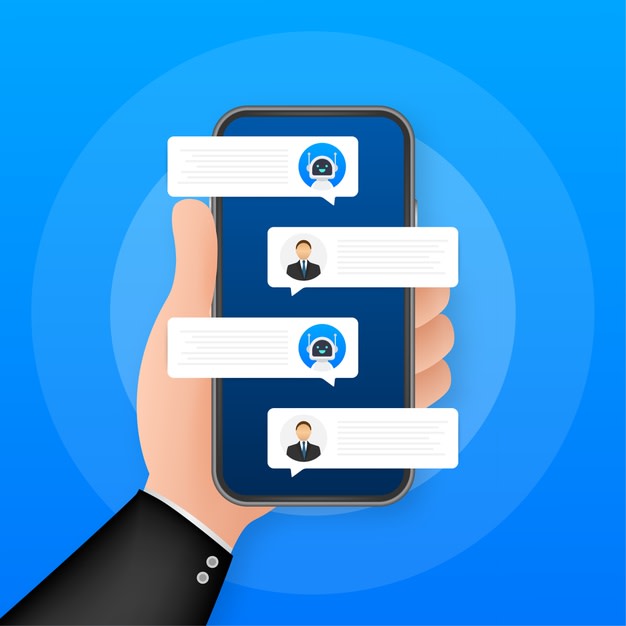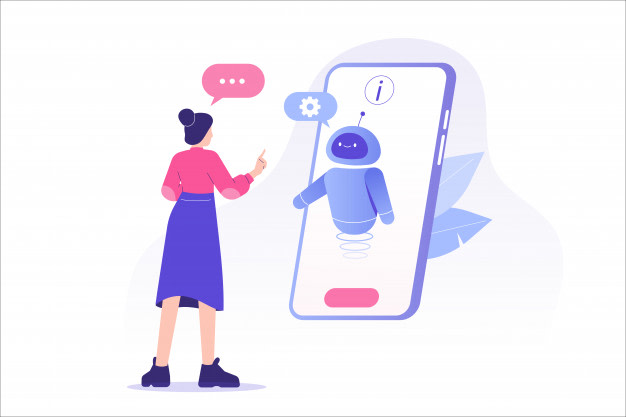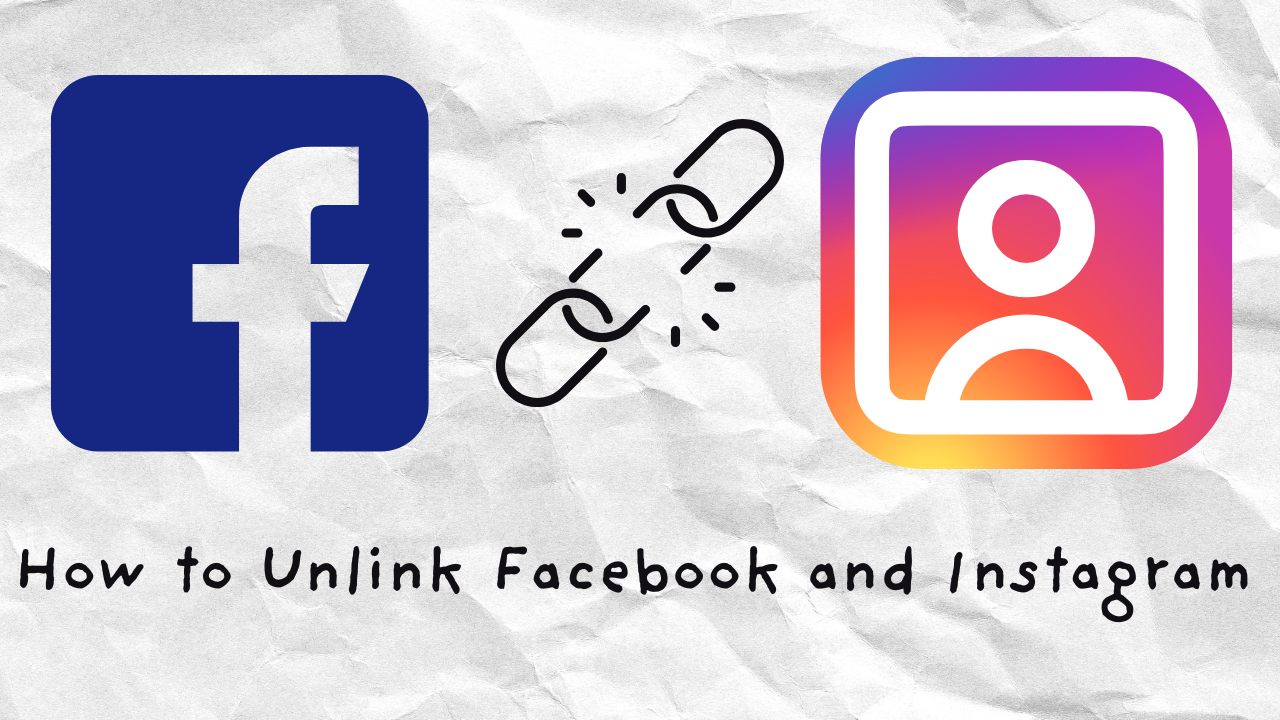As chatbots and virtual assistants are becoming popular in many industries, there has been a lot of confusion and vagueness associated with these two innovative technologies.
Chatbots are programmed for specific purposes and will generally repeat tasks. As most bots are programmed, they are usually unable to modulate replies except on very rare occasions.
However, due to the presence of artificial intelligence in chatbots like Zebrabuzz, they can be regarded as virtual assistants.
Therefore, it is safe to say the major difference between chatbots and virtual assistants is the presence of artificial intelligence. Once a chatbot can be equipped with AI and also programmed to complete tasks, it more or less can be regarded as a virtual assistant as well.
With only a few AI bots available, bots are generally predictable and can only complete tasks in the manner in which they have been programmed. They give out what has been pre-programmed into them.
Both chatbots and virtual assistants have a human interface system. They can understand what a user says and also have in-built replies to respond to the user.
While both technologies are created to offer help and assistance, among other functions, there exist some distinct features that set chatbots apart from virtual assistants.
Here we will consider their differences and if chatbots can be considered to be virtual assistants.
What is a Chatbot?
A chatbot is a virtual program that is designed to simulate conversations with human users, usually an organization’s customers over the internet.
Chatbots can be programmed to communicate with users, helping them with a problem, answering their questions, and in some cases, moving customers through a sales funnel till they become conversions.
They have a set of rules that they follow, and conversations with most chatbots are mapped out. It is usually a question and answer type of conversations with buttons that users can click to continue the chat.

What is a Virtual Assistant?
A Virtual Assistant is an application program that can understand natural language, voice commands, and also complete tasks for users.
Virtual assistants use several types of artificial intelligence, learning from situations and responding in natural language.
The Role of Artificial Intelligence in Determining the Differences Between Chatbots and Virtual Assistants
Artificial Intelligence is the ability of a computer program to simulate human intelligence and mimic humans’ actions. Here are the roles AI plays in determining if and why chatbots can be regarded as virtual assistants.
Intelligence
Most chatbots are scripted. They are applications that are programmed to respond to only a specific set of statements or questions.
This means that if the questions asked or statements used differ from what has been programmed, scripted chatbots will fail.
Traditionally, they are text-based, but Zebrabuzz and some other advanced chatbots use audio, pictures, files, emoji, among many others in their replies.
As chatbots are mainly used to provide answers to Frequently Asked Questions (FAQs), collect user info, etc., AI is not always necessary. That does not mean AI cannot be used; Zebrabuzz is an AI chatbot, so artificial intelligence makes things better.
Virtual assistants on the other hand are solely based on AI and ANN. There is nothing like a virtual assistant if it is not intelligent, but a chatbot can work well without being intelligent.
VAs can also be more interactive. They understand the language and the meaning of what the user is saying. They can also learn from previous conversations and provide answers unpredictable to their behaviour.

Natural Language Processing (NLP)
Natural Language Processing is an application’s ability to understand and analyze human speech, then find the correct response and reply most understandably for a human language.
NLP makes the conversation feel like two humans talking. For example, take a look at the way you speak with Siri on your Apple devices.
Virtual assistants are equipped with NLP to understand human speech, process it and respond in like manner.
However, many bots do not have cutting-edge language processing skills. They are not programmed to respond to any change in the use of language. If a command differs slightly from what has been programmed, chatbots may struggle to respond.
Bots only pick keywords from the user’s command and give answers that match such specific words.
Software applications that use NLP go through two stages:
NLU – Natural Language Understanding
NLG – Natural Language Generation
With these two, these kinds of software know how to respond by breaking down a user’s query into two parts, namely:
Intents
Entities
Intent is the query; the main information the user wants.
Entity is the additional information and details that accompany the intent.
For example:
If a user asks: “What is the time in Manchester now?”
The intent in that question is ‘time’; the user wants to know the time.
However, AI-Powered chatbots like Zebrabuzz and other virtual assistants are intelligent enough to know that it is not just the time anywhere in the world; it is the time in Manchester, and presently (now).
Therefore, the entity here is “Manchester” and “now”.
Both chatbots and virtual assistants have vast capabilities that can be used to revolutionize businesses.
Therefore, while they may have distinct features, the important focus should be identifying the ideal areas to apply them to leverage the immense benefits of these AI applications.







